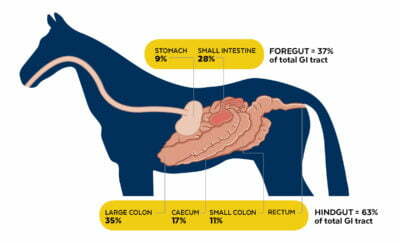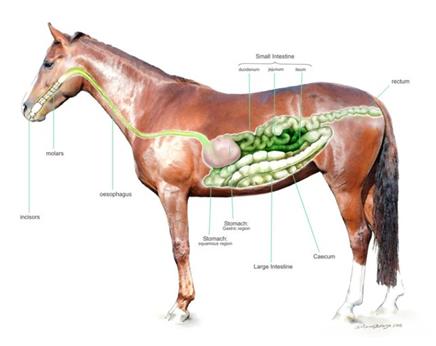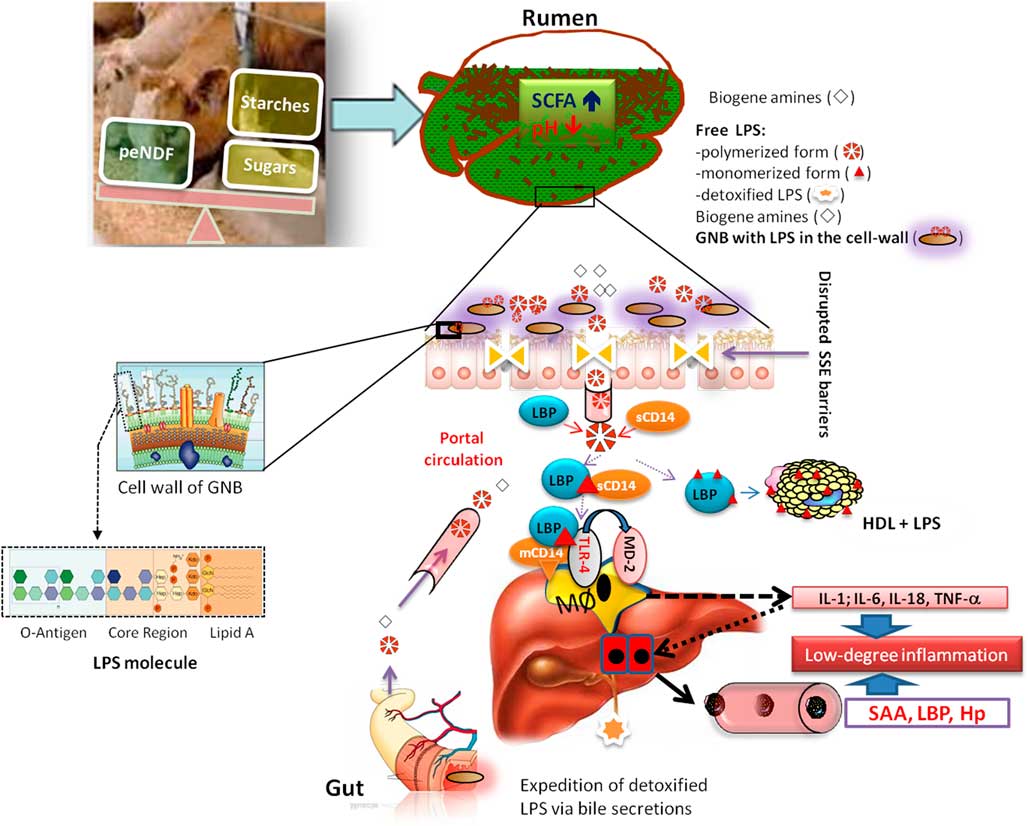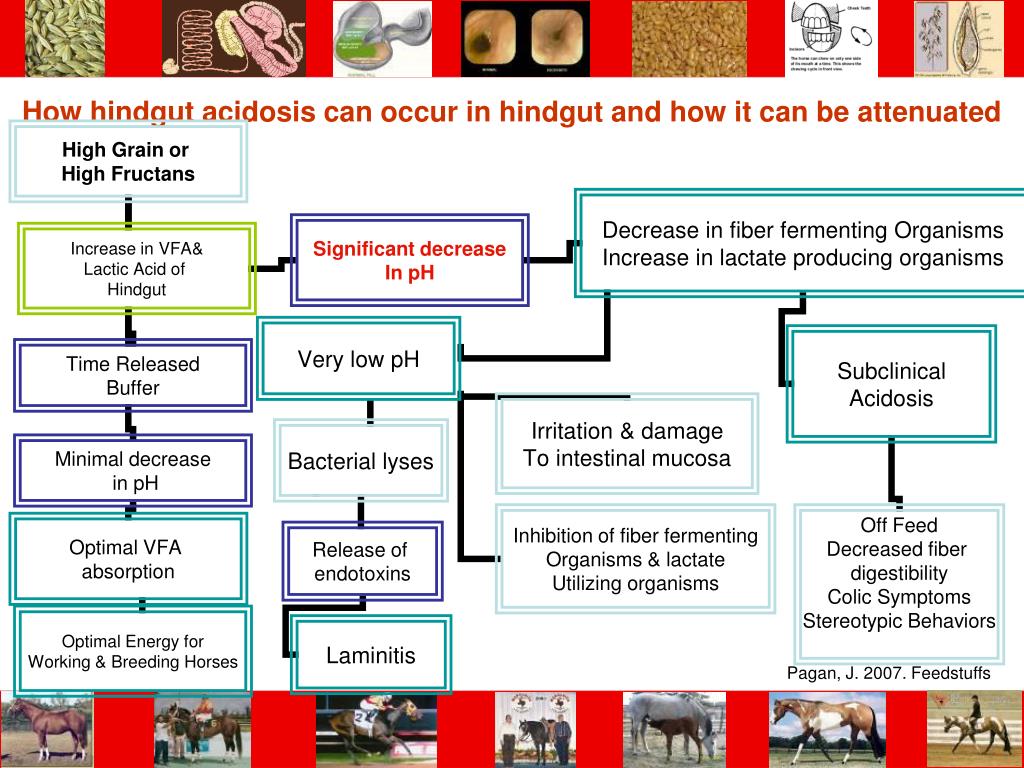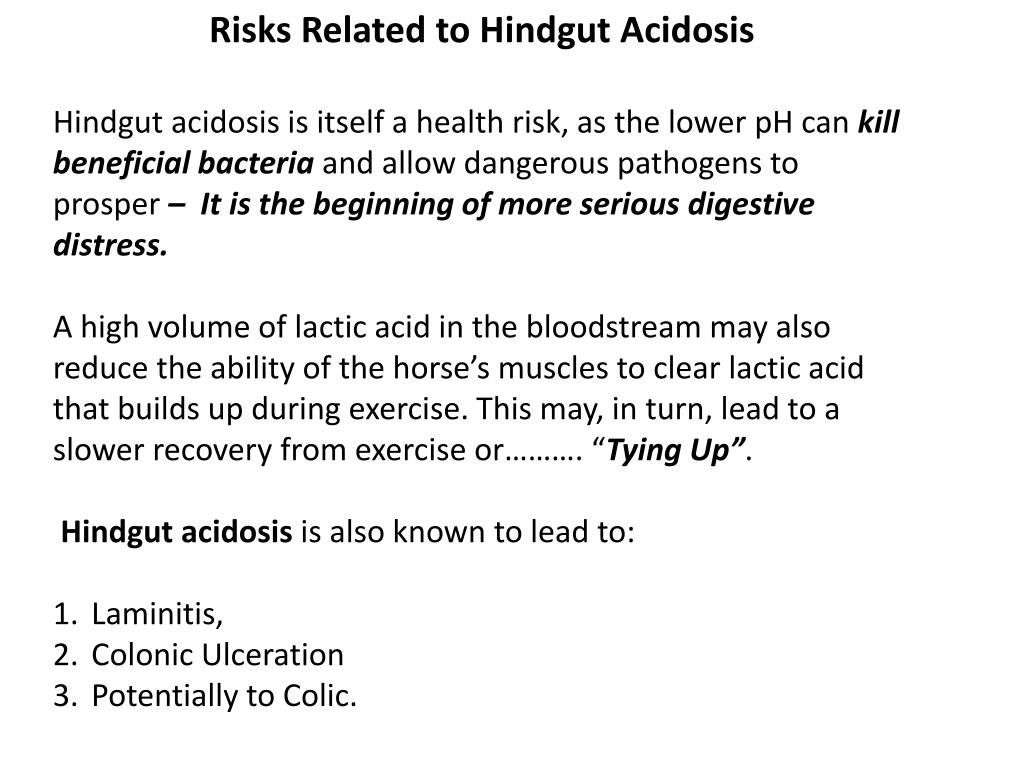Hindgut Acidosis Laminitis

Scientists at the university of massachusetts have carried out research to determine how the hindgut microbial makeup is related to colic and laminitis.
Hindgut acidosis laminitis. Hindgut acidosis is an excessive acidity in the horse s hindgut a drastic drop of the ph value most commonly caused by a high grain and low forage diet. Research has supported this cause and effect relationship but the full story is more complicated. Colic and laminitis two of the most common equine ailments can both result from overconsumption of high carbohydrate concentrates or lush grass. Blood flow to the hoof increases but is actually shunted away from the soft tissues which accounts for the bounding digital pulse of laminitic horses.
Some horses develop laminitis for reasons unrelated to diet and colic can occur in horses with even the most carefully managed feed programs. The direct pathways that trigger laminitis through hindgut acidosis are still largely unclear. Many health disorders such as laminitis and colic are associated with hindgut acidosis which results from a starch overload in the digestive system. Acidosis abnormally high acidity in the hindgut the large intestine and colon can cause a number of problems in horses including anorexia colic laminitis and stereotypic continuous.
Hindgut acidosis is also known to lead to laminitis colonic ulceration and potentially to colic.



